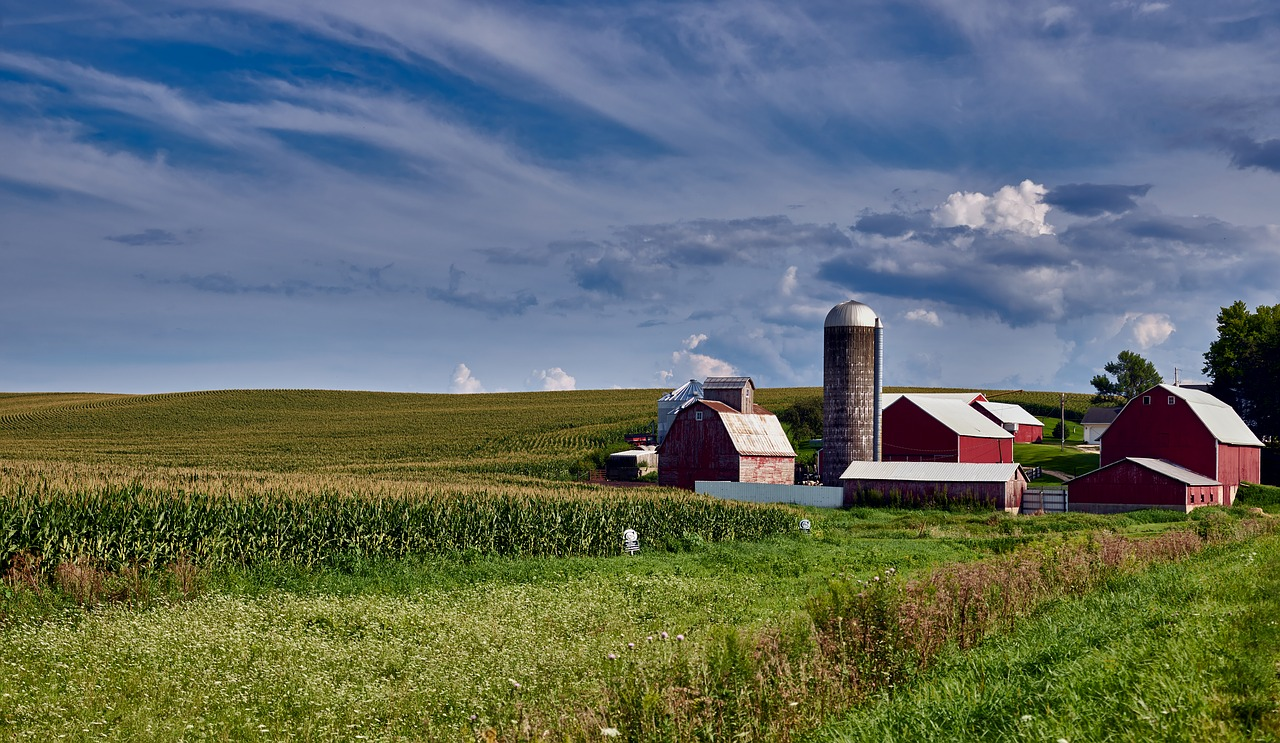Accounting
Farm Incomes in Upper Midwest Fell During Summer
Forty-six percent of ag lenders say farm incomes fell during the July-September period, Joe Mahon, a regional outlook director with the Fed, said Thursday.
Nov. 17, 2023

Christopher Vondracek
Minneapolis Star Tribune
(TNS)
Farm incomes across the Upper Midwest declined this summer, according to a new Federal Reserve Bank of Minneapolis survey.
Forty-six percent of ag lenders say farm incomes fell during the July-September period, Joe Mahon, a regional outlook director with the Fed, said Thursday.
Conditions can vary across the Fed’s ninth district — which includes Minnesota, the Dakotas, northern Wisconsin, the Upper Peninsula of Michigan and Montana — where 23% of bankers saw farm income increase.
Following a softening of near-record highs across grain commodities in 2022, farm families’ economic outlook has dimmed as prices on corn to soybean have dropped to historically normal levels. Meanwhile, the cost to plant and harvest the crops has remained relatively high.
Nevertheless, Mahon said, farm families experienced a period of relative flushness in the recent past and are not showing an increase in borrowing for capital improvements or other spending.
“Because farm operations have been so profitable, they’ve been building up significant working capital, and they’re spending that down now,” said Mahon, who referred to farmers’ “cash cushions.”
While the price of corn closed at more than $6.70 a bushel in 2022, the grain’s price on the Chicago Board of Trade has routinely been less than $5 a bushel in 2023. Last year’s high commodity prices was spurred by myriad influences, including an increase in demand following the Russian invasion of Ukraine, often called Europe’s breadbasket.
In the spring of 2022, corn briefly approached $8 at some sale points.
Thursday’s survey drew on responses from 52 banks across the ninth district with an agriculture-heavy portfolio. Banks also reported a continuation in the rising cost of farmland, though prices increases were greater farther west. In Minnesota, for example, non-irrigated land prices rose 3% over a year ago, compared to a 14% jump in South Dakota.
Thursday’s report, which tracks summer 2023 sentiments, comes during a clear-eyed season for farmers, as producers pile crops from the field into bins and begin to settle up debts before the year’s end.
This week, both the House and Senate passed a continuing resolution that extended the farm bill — which expired in September — for another year, until September 2024.
The massive bill, which funds rural broadband to nutrition to crop insurance programs, was last reauthorized in 2018, by a Republican congressional majority and President Donald Trump.
American Farm Bureau Federation President Zippy Duvall thanked the current Congress for passing the extension but renewed calls for an updated omnibus.
“The current farm bill was written before the pandemic, before inflation spiked, and before global unrest sent shockwaves through the food system,” Duvall said, in a statement.
Agriculture in the ninth district accounts for 3.5% of regional gross domestic product, triple the impact of production farming on the national GDP.
On Wednesday, the U.S. Department of Agriculture’s Economic Research Service released a report showing farmers in 2022 earned less than 15 cents on every $1 spent on food in the U.S. The remaining portion went to transportation, processing and selling to consumers.
The USDA report said a long-term decline in farmers’ portion of the food dollar is related to an “increasing proportion of food-away-from-home” spending by Americans.
(Star Tribune writer Brooks Johnson contributed to this report.)
©2023 StarTribune. Visit at startribune.com. Distributed by Tribune Content Agency, LLC.
